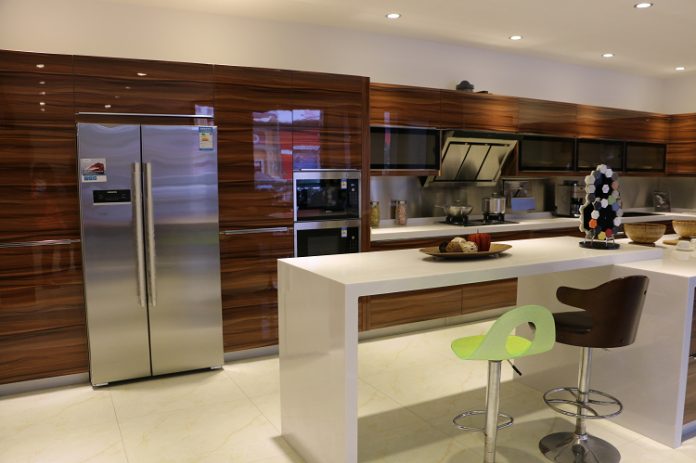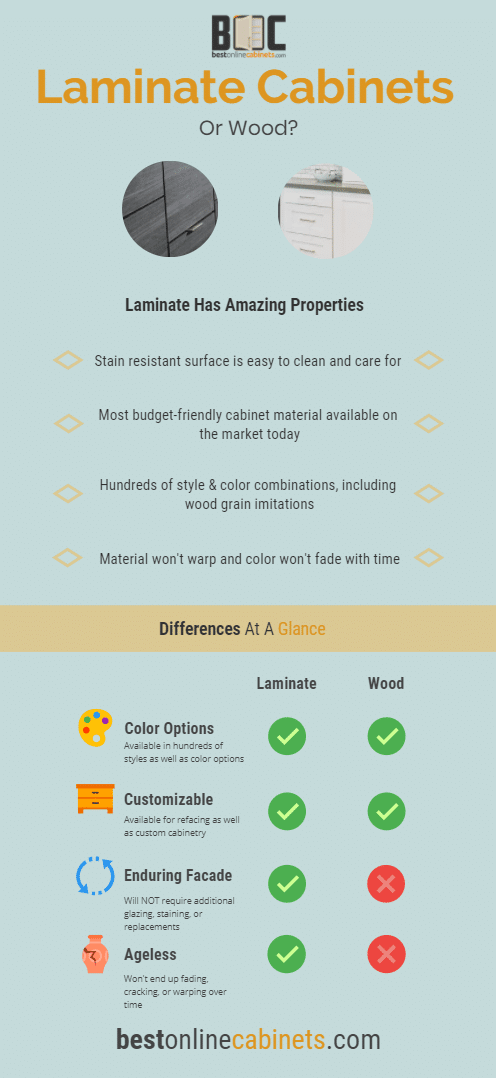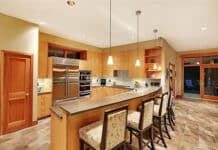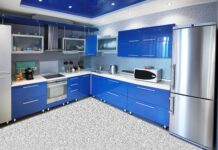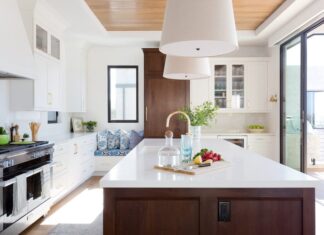In some circles, laminate cabinets have gotten a fairly mixed reputation. This isn’t entirely without merit—some past processes for creating laminate have produced low-quality products.
However, the current method of using high-quality materials can and does turn out beautiful cabinets that have endured for years.
 Laminate Cabinets Explained
Laminate Cabinets Explained
There are various methods for surfacing kitchen cabinets, with varying quality and effect.
The laminating process is highly affordable and durable. When resin and paper are combined by pressing under intense heat and pressure, the laminate produced can last far longer than thermofoil.
Some products on the market are advertised as simple, DIY self-adhesive laminates. But they are more of a temporary measure and more trouble than they’re worth.
Many of these individuals have performed their laminating, which may be responsible for some perceptions of their poor quality.
Some laminates can be quite brittle against the grain of the underlying wood surface, leading to chips or small breaks after laminating.
However, the final product is reliable when laminating is performed in an industrial setting with specialized equipment.
While thermofoil may be cheaper immediately, the long-lasting nature of laminate means that your costs over time will be lowest.
With all of the textures, colors, and finishes available, it is an extremely desirable option for families looking into affordable and enduring options.
Laminate Cabinets or Wood
So, with all this said, does laminate clock in as an inferior product to bare wood? Your mileage will obviously vary depending on the final visual you desire.
If you really want an authentic wood grain with its unmistakable texture, no surfacing alternative can fully reproduce it.
If that is the case, then stick with wood. But otherwise…

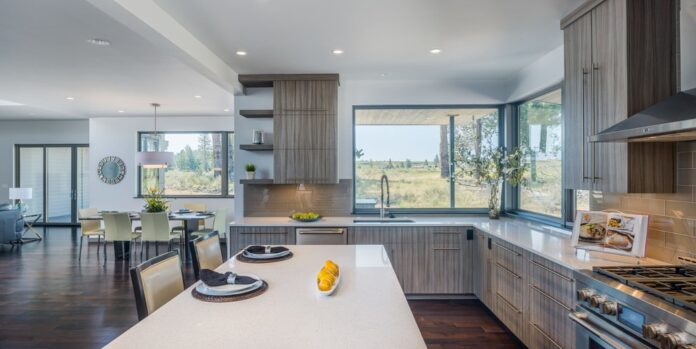
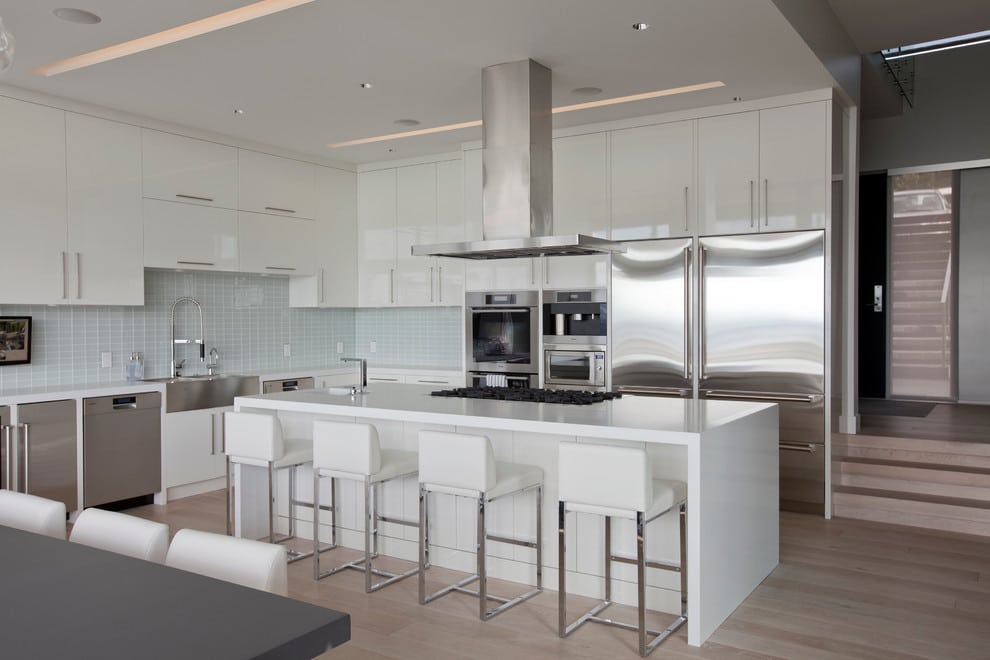 Laminate Cabinets Explained
Laminate Cabinets Explained